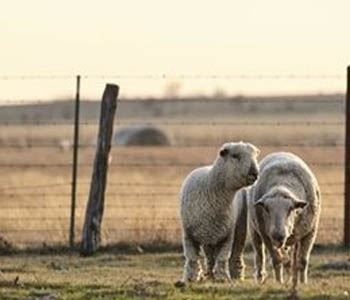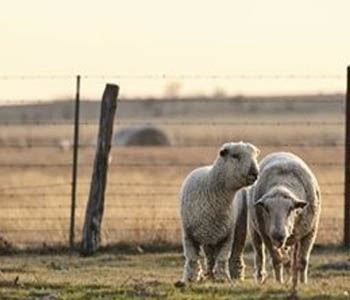Estrus Synchronization in Sheep
Apr 10, 2019


Estrus synchronization in sheep can help reduce strain on rams and provide a shorter, more consistent lambing season window to increase efficiency and reduce labor.
Synchronization has been utilized successfully in sheep for many years, but there are some important details that can assist in a stronger estrus and a higher conception rate.
Purpose of estrus synchronization in sheep
Estrus synchronization in sheep is the act of preventing ewes from cycling naturally by introducing progesterone or a progesterone derivative into the vaginal vault of the ewe. This in turn tricks the ewes’ body into believing that she is pregnant and thus keeps her from cycling normally. Once the progesterone is removed, the ewe will cycle usually within a 48-hour window creating a “synchronized” estrus.
There can be many reasons to synchronize estrus in sheep. Since the use of Artificial Reproductive Techniques, such as Artificial Insemination and Embryo Transfer, have become more prevalent, the need for estrus synchronization in sheep is a must. Other reasons to synchronize estrus in sheep could be to group estrus to reduce strain on your ram battery, tighten the lambing season to reduce labor over a long period or even to bring the ewes into heat at an earlier time for breeding and thus getting lambs for a certain time period.
Sheep nutrition for breeding success
Proper nutrition is key for successful estrus synchronization in sheep. If the ewes are too thin, they will not respond to the synchronization agent as reproduction will not replace the ewes’ natural survival instinct. The female body is programmed not to cycle or become pregnant if nutrition is inhibited, as her initial task is to survive herself.
If the ewes are too fat, reproduction can also be inhibited and fat deposition can occur in the udder which will reduce sheep milk production over time.
Keeping ewes in a proper, consistent body condition will aid in the ewes’ overall well-being and in turn increase sheep milk production capabilities. A swinging pendulum where body condition is good at conception and reduced through gestation and lactation will not only diminish lamb colostrum quality, lamb health and vigor at birth, but could also result in reduced sheep milk production and lower weaning weights.
---Michael Schlegel, Ph.D., PAS, Dipl. ACAS-Nutrition
Sr. Nutritionist, Wildlife & Small Ruminant Technical Solutions